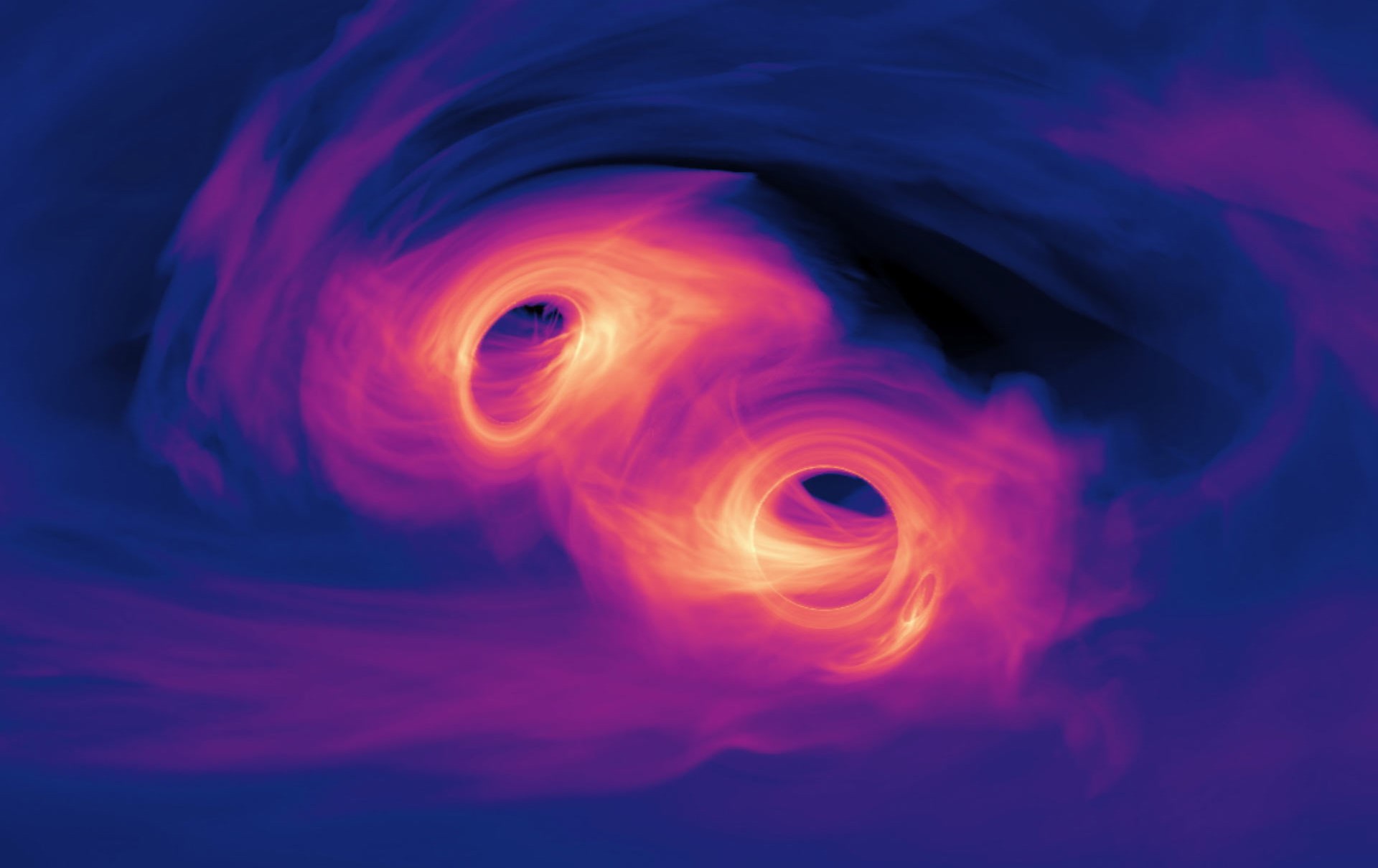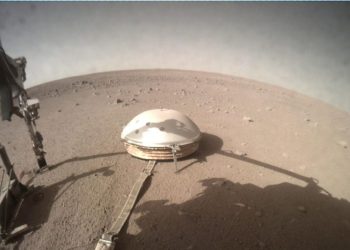For over two centuries, scientists have been captivated by Ceres, the largest object in the asteroid belt between Mars and Jupiter. Discovered in 1801 by astronomer Giuseppe Piazzi, this enigmatic body has spurred endless debate about its composition. Long believed to be a dry, rocky dwarf planet, new research suggests Ceres was once an ocean world, now frozen in time under a thick icy shell.
Recent findings from a research team at Purdue University, in collaboration with NASA’s Jet Propulsion Laboratory (JPL), challenge the long-held assumption that Ceres is a barren rock. Instead, their studies indicate that Ceres could be rich in ice, with its surface primarily made up of frozen water. This conclusion stands in stark contrast to earlier theories that visible craters on Ceres’ surface signified a lack of substantial ice.
Unlocking the Icy Past of Ceres
Led by Purdue Ph.D. student Ian Pamerleau and assistant professor Mike Sori, along with JPL researcher Jennifer Scully, the team used advanced computer models to simulate how craters on Ceres have evolved over billions of years. Their research, published in Nature Astronomy, revealed that Ceres likely has an ice-rich crust capable of resisting deformation, meaning that its icy surface didn’t change as dramatically over time as once thought.
Sori explained, “We believe there’s a significant amount of water-ice near the surface of Ceres, and it becomes less icy as you go deeper. Previously, scientists thought that craters on an icy surface would quickly deform, similar to glaciers on Earth. But our simulations demonstrate that a small amount of rock mixed into the ice can stabilize it.”
This new understanding suggests that Ceres is far more than just a rocky body. Earlier estimates suggested Ceres was only about 30% ice, but the Purdue team now believes it could be closer to 90%, covered by a thin layer of rocky debris.
Ceres and the Frozen Ocean Beneath
Ceres’ history as an ocean world is comparable to Jupiter’s moon Europa or Saturn’s moon Enceladus, both of which are believed to contain subsurface oceans. “Ceres may have once been like Europa, with a muddy, salty ocean beneath its surface,” Sori noted. “As that ocean froze, it left behind an icy crust with some rocky material mixed in.”
Using computer models, the team showed that even solids can flow slowly over time, and ice flows more readily than rock. The simulations revealed that Ceres’ icy crust would remain relatively static over billions of years if mixed with small amounts of rock, preventing the significant crater relaxation typically seen on icy bodies.
NASA’s Dawn mission, launched in 2007, provided the foundation for these revelations. Visiting both the protoplanet Vesta and Ceres, the mission collected detailed data that suggested the presence of ice beneath Ceres’ surface. The spacecraft orbited Ceres from 2015 until 2018, capturing valuable information about the dwarf planet’s geology.
Pamerleau emphasized that Dawn’s observations were crucial. “We used multiple data points from Dawn to search for evidence of an ice-rich crust that could explain the lack of crater relaxation. Features like pits, domes, and landslides point to a significant amount of ice below the surface.”
Ceres stands out as a potential target for future space missions due to its relative proximity to Earth compared to other icy worlds like Europa or Enceladus. “If we’re right, Ceres is the closest frozen ocean world we can explore,” Sori said. “Some of the bright spots on Ceres may be remnants of its ancient ocean, now frozen and exposed on the surface.”
Ceres offers a unique opportunity to study an ancient ocean world up close, and with its frozen surface holding the secrets of its past, it could play a key role in future missions that aim to unravel the mysteries of our solar system.











